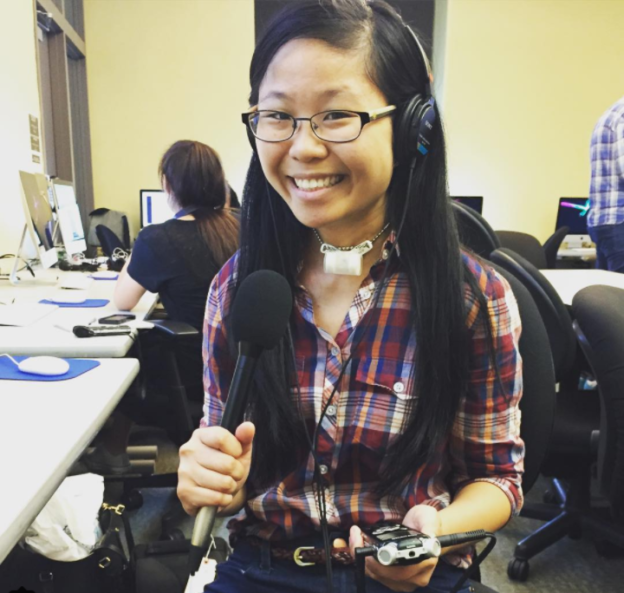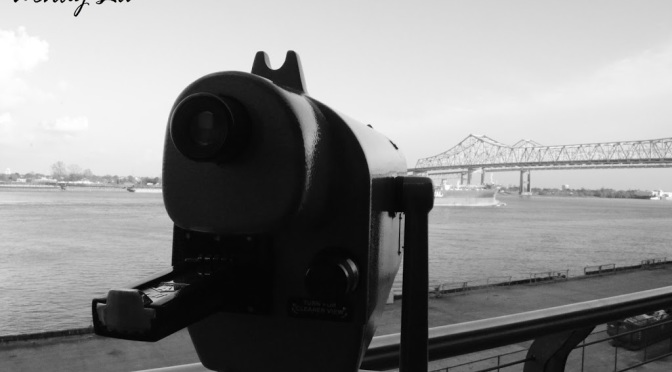I used to pride myself on being a slow reader. When I was younger, I would read under the table during dinner and under the covers past bedtime, traveling across the world with nothing but my imagination to keep me satiated and my newly found friends to keep me company.I can’t swim in an ocean or even a pool to save my life, but I love nothing more than to swim in a sea of words.
And even then, I don’t always fully understand what I am reading.
I miss being able to take my time and really staying focused–not just when it comes to reading, but also when it comes to doing assignments or eating meals. The lack of time in a day puts a constraint on everything that needs to be done, so much that all the fun gets sucked out of whatever I am doing at the time.
Yesterday, I picked up a psychology literature review on cognitive entrenchment** that a friend had passed on to me. I occasionally have to read literature reviews for my research methods class, but those are always for the purpose of research. This time, I read all the way through with no music on, no snacks, and no journal for note-taking. In short, Erik Dane (2010) suggests that evidence shows individuals of high expertise within a certain field leads to inflexibility, such as when it comes to instructing novices or adapting new ideas into their systems of already rigid values and methods.
It took over half an hour for me to finish the article, but I was surprised by my level of interest in the article. It was so relevant to real world models, like company hierarchies. It was a little difficult to read given the sophisticated language, but the meat of Dane’s article resonated with me and that was exciting–I really did understand what he was trying to say. I felt like I had learned.
While comparing my past reading habits with my current conventions, I came up with three ways to merge them for the most affective reading experience (whether that be for reading textbooks or fantasy novels):
1) Take notes and reflect after I read. If I am taking notes in between skims, it breaks my concentration. Plus, writing in between reading distracts me from actually absorbing the material. It’s more effective to take in everything at once before pouring out any thoughts I may have on paper.
2) Read all the way through, then go back and skim. That way, the first time around I am able to understand the content and its full context. Then, when I give the chapter a second glance, the main ideas will jump out at me and further anchor down what I just learned.
3) Apply what I read to real examples. Do you remember back when you were little, what you did when you finished a book? If you were like me, you’d knot a cape around your neck and pretend you were the pirate or superhero in that book, ready to take on the adventures that the world had to offer–right in your own bedroom! That’s essentially what I need to do, minus the cape.
Whether you are reviewing the latest article on the Tar Heels’ win against Ohio or staying up late to finish The Hunger Games, it’s not about how fast you retain what you’re reading (unless you’re due for the 3 o’clock showing of THG). It’s about what the information you are given means to you and how you use it to better understand your current outlook on life.
**Source: DANE, E. (2010). Reconsidering the trade-off between expertise and flexibility: A cognitive entrenchment perspective. Academy Of Management Review, 35(4), 579-603. doi:10.5465/AMR.2010.53502832.











I used to have about a dozen magazine subscriptions per month. I had everything from Time to Psychology Today, from NASCAR Illustrated to Entrepreneur.
Like you, I found myself devouring them at one point, reading slowly and taking each page in. As life became more ‘full,’ shall we say, I soon noticed that I would scan the mags quickly, and if I saw an article that piqued my interest, speed read it.
Soon enough, I began to see dozens of the aforementioned magazines piling up, eager to break free from their plastic covers.
These days, while I am on my sabbatical in Asia, when I read, I do so for pleasure and relaxation. It is definitely a much better experience!
I read a lot of journals for work and have gotten into quite a habit of just skimming, so I have to be careful when I’m pleasure reading to not do the same. My best books are the ones that I pick up again and again, reading a certain chapter or scene and re-savoring it.
Jeremy – Ahh that is happening to me now and I’m only subscribed to two magazines (Bloomsberg Businessweek & Self)…there are at least two issues of each waiting to be opened on my desk. :/ I have been thinking about subscribing to Psychology Today but I should probably learn to keep up with my current subscriptions before adding any more!
Julie – I used to read the pages of a book twice. I would first take a couple seconds to scan the page once–how much dialogue? How much narration and description?–and then dive right in. Those few seconds of quick pre-skimming heightened my anticipation before I actually read the page. The format for fictional pieces and journal articles are completely different. Journals have to follow a certain style and they can get monotonous to read.
Thanks for stopping by!
Hey Wendy!
I’m a slow reader myself and I definitely plan to use your tips when reading both engaging and heavy material.
-Jordan-Marie Smith